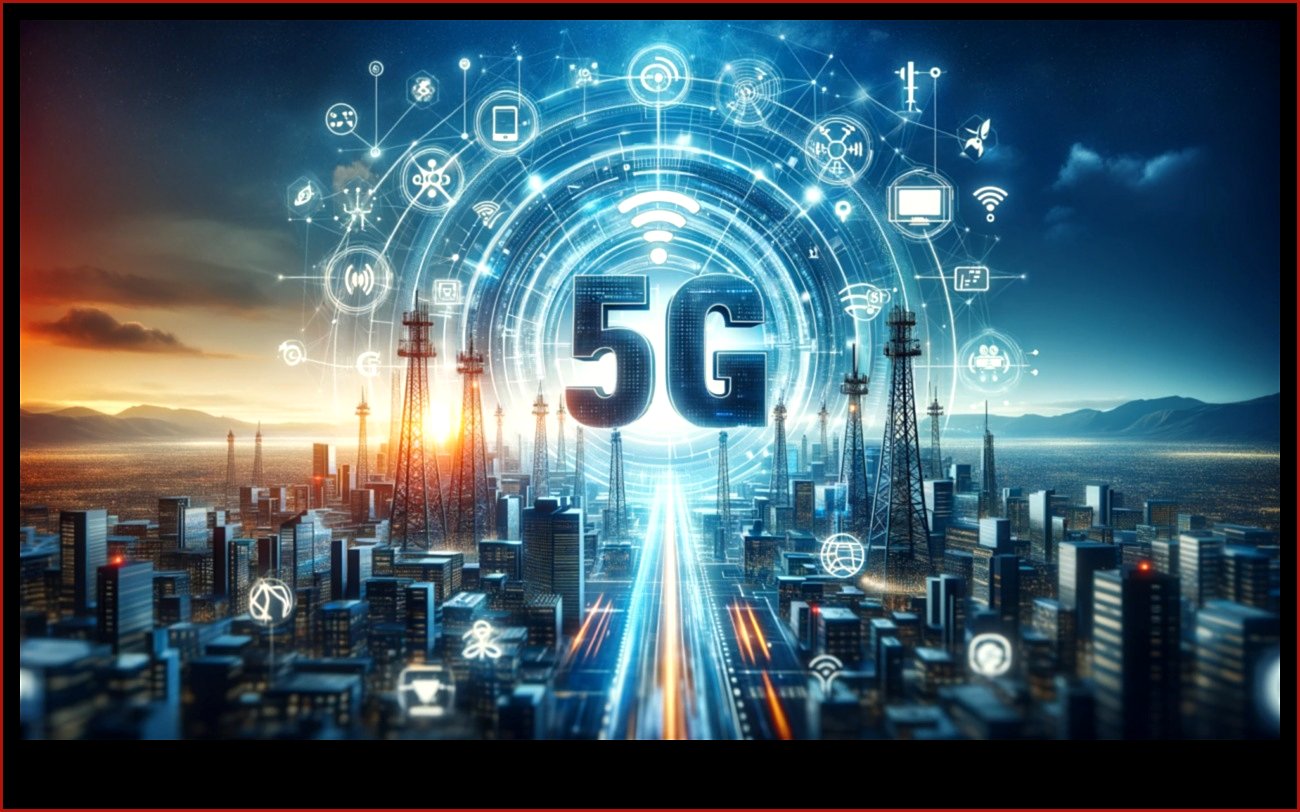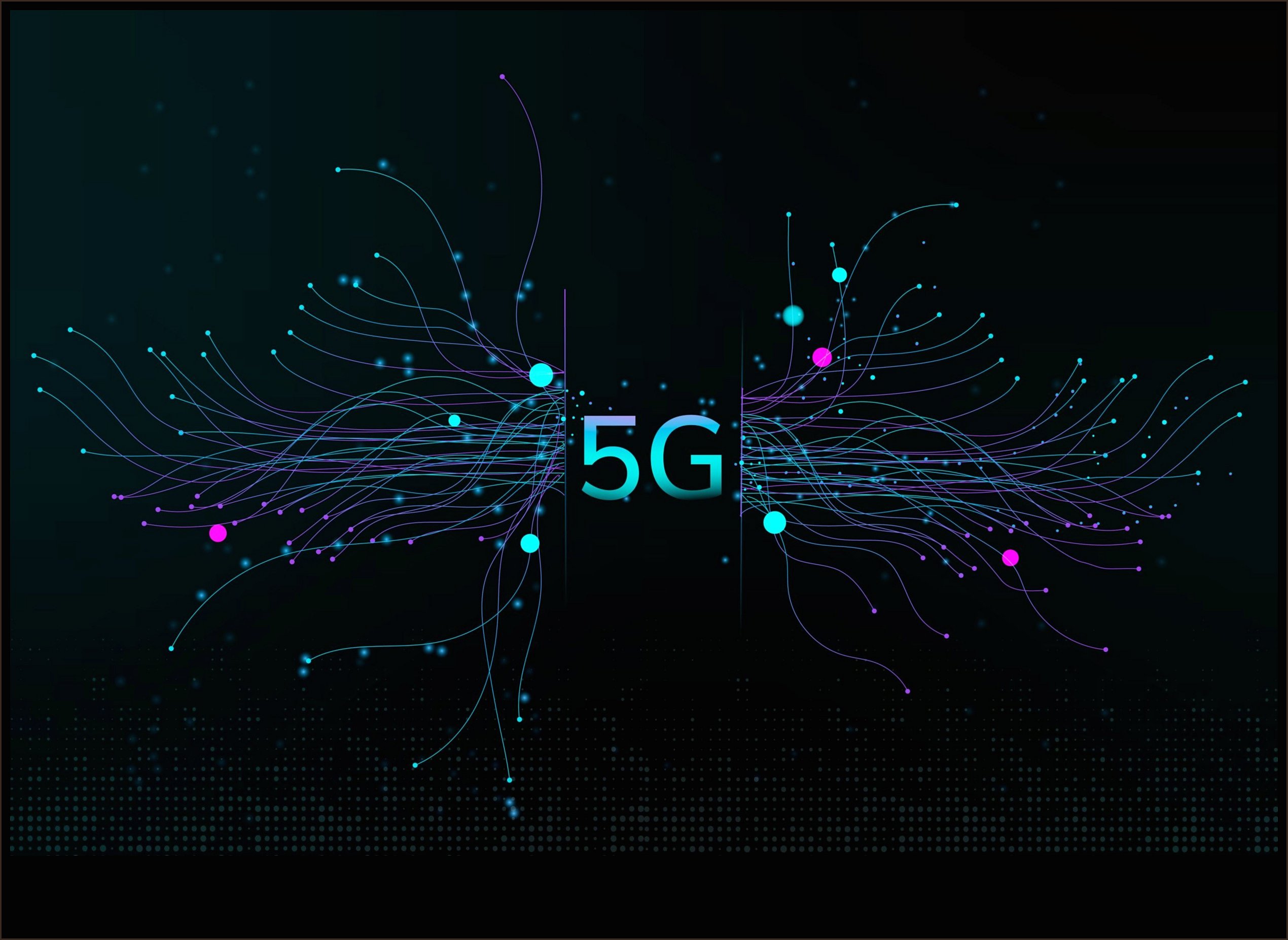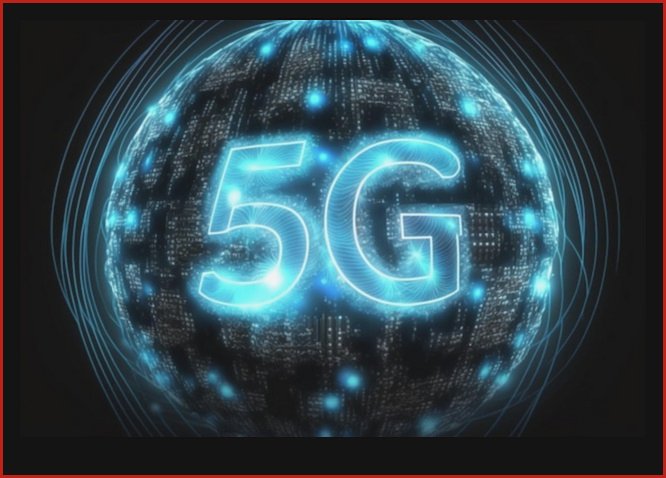
5G is the next generation of wireless technology, and it is expected to have a significant impact on the way we create and experience art. 5G promises to deliver faster speeds, lower latency, and greater capacity than ever before. This will open up new possibilities for artists to create immersive experiences that are impossible with today’s technology.
For example, 5G could be used to create virtual reality (VR) and augmented reality (AR) experiences that allow users to interact with art in new ways. 5G could also be used to stream high-quality video content to devices in real time, making it possible to create immersive art installations that can be experienced from anywhere in the world.
In addition to the technical benefits of 5G, the technology also has the potential to change the way we think about art. 5G could create a more democratic and inclusive art world by making it easier for artists to share their work with a wider audience. 5G could also help to break down the barriers between different art forms, making it easier for artists to collaborate and create new forms of expression.
The potential impact of 5G on art is vast and exciting. As 5G networks continue to roll out, we can expect to see new and innovative ways of creating and experiencing art that would not have been possible before.
| 5G | Art |
|---|---|
| Design | Connectivity |
| Impact | Impression |
| Design impact | Art impact |
| Connectivity impact | Impression impact |
| FAQ |

II. 5G art
5G art is a new and emerging field that explores the possibilities of using 5G technology to create new forms of art and expression. 5G offers a number of unique advantages for artists, including:
High speed: 5G provides ultra-fast speeds, which can be used to create immersive and interactive experiences.
Low latency: 5G has very low latency, which means that data can be transmitted and received in real time. This can be used to create real-time interactive art installations or performances.
Massive connectivity: 5G can support a massive number of devices, which means that large-scale art installations or performances can be created.
Enhanced security: 5G uses advanced security features, which can help to protect digital art from theft or tampering.
These advantages are making 5G a very attractive option for artists who want to create new and innovative forms of art. Some of the ways that 5G is being used in art include:
Immersive art installations: 5G can be used to create immersive art installations that allow users to interact with the art in real time. These installations can be used to create a sense of place, tell a story, or simply provide a unique and memorable experience.
Interactive art performances: 5G can be used to create interactive art performances that allow users to interact with the performers in real time. These performances can be used to create a sense of collaboration, tell a story, or simply provide a unique and memorable experience.
Large-scale art installations: 5G can be used to create large-scale art installations that can be viewed by a large number of people. These installations can be used to celebrate a community event, commemorate a historical event, or simply provide a beautiful and inspiring backdrop for a cityscape.
Digital art: 5G can be used to create digital art that is more immersive and interactive than traditional digital art. This art can be used to tell stories, create experiences, or simply provide a beautiful and inspiring way to view the world.
5G is still a new technology, but it is already having a significant impact on the art world. As 5G continues to develop, it is likely to become an even more important tool for artists who want to create new and innovative forms of art.
III. 5G connectivity
5G connectivity is the next generation of wireless technology that promises to deliver faster speeds, lower latency, and greater capacity than ever before. This will have a profound impact on the way we live, work, and play.
Here are just a few of the ways that 5G connectivity will change the world:
Mobile gaming will become more immersive and realistic. With 5G, gamers will be able to experience real-time multiplayer gaming with no lag. This will make games more exciting and engaging, and it will open up new possibilities for multiplayer gaming.
Virtual reality and augmented reality will become more accessible. 5G will provide the bandwidth and speed needed to power immersive VR and AR experiences. This will make these technologies more accessible to consumers, and it will open up new possibilities for education, entertainment, and business.
Self-driving cars will become a reality. 5G will provide the connectivity needed to support self-driving cars. This will make our roads safer, and it will open up new possibilities for transportation.
Smart cities will become more efficient. 5G will enable smart cities to collect and use data to improve traffic flow, energy efficiency, and public safety. This will make our cities more livable and sustainable.
5G connectivity is still in its early stages, but it has the potential to revolutionize the way we live, work, and play. By providing faster speeds, lower latency, and greater capacity, 5G will make it possible to create new and innovative experiences that will change the world.
5G Design
5G design is the process of creating products and services that take advantage of the capabilities of 5G networks. This includes designing devices that can connect to 5G networks, as well as designing applications and services that can run on 5G networks.
5G design is a complex process, as it involves taking into account a wide range of factors, including the speed, latency, and capacity of 5G networks. It also involves considering the different ways that 5G can be used, such as for streaming video, gaming, and augmented reality.
5G design is still in its early stages, but it is already having a significant impact on the way that we create and use products and services. As 5G networks continue to evolve, 5G design will become even more important, and it will play a key role in shaping the future of technology.

V. 5G impression
5G is expected to have a significant impact on the way we create and experience art. Here are some of the ways that 5G could affect art and design:
5G will enable new forms of immersive art. With 5G’s high bandwidth and low latency, it will be possible to create immersive art experiences that are more realistic and engaging than ever before. For example, 5G could be used to create virtual reality art galleries or concerts, or to allow users to interact with digital art in real time.
5G will make it easier to share art. With 5G’s high speed and capacity, it will be easier to share large files, such as high-resolution images or videos. This could make it easier for artists to share their work with a wider audience, and it could also make it easier for people to access art from different parts of the world.
5G will enable new forms of collaboration. With 5G’s low latency, it will be possible for artists to collaborate in real time, even if they are located in different parts of the world. This could lead to new and innovative forms of art that are created through collaboration.
5G will make it easier to access art. With 5G’s widespread availability, it will be easier for people to access art from anywhere in the world. This could make it more affordable for people to collect art, and it could also make it easier for people to learn about art from different cultures.
5G is still a new technology, and it is still being developed. However, it is clear that 5G has the potential to have a significant impact on the way we create and experience art.

VI. 5G design impact
5G is expected to have a significant impact on the design of both physical and digital products. In the physical world, 5G will enable new forms of connectivity and interactivity, which will require designers to rethink how products are conceived and manufactured. In the digital world, 5G will allow for more immersive and realistic experiences, which will require designers to create new ways of engaging users.
Some of the specific ways that 5G is expected to impact design include:
- Increased connectivity: 5G will provide much faster and more reliable connectivity than previous generations of wireless technology, which will allow designers to create products that are more interactive and responsive.
- Lower latency: 5G will also have much lower latency than previous generations of wireless technology, which will allow designers to create products that feel more real-time.
- Greater bandwidth: 5G will provide much greater bandwidth than previous generations of wireless technology, which will allow designers to create products that can support more data and richer media.
- Improved security: 5G will also be more secure than previous generations of wireless technology, which will allow designers to create products that are more protected from cyberattacks.
These are just a few of the ways that 5G is expected to impact design. As 5G continues to evolve, it is likely to have an even greater impact on the way we design products and experiences.

VII. 5G design impact
5G is expected to have a significant impact on the way we design products and services. Here are some of the ways that 5G is likely to change design:
5G will enable new forms of connectivity. With 5G, we will be able to connect devices to the internet at much faster speeds and with lower latency. This will open up new possibilities for designing products and services that require real-time data or that are used in remote locations.
5G will require new security measures. The increased speed and connectivity of 5G will also make it more vulnerable to security threats. Designers will need to take this into account when developing new products and services.
5G will create new opportunities for innovation. The faster speeds and lower latency of 5G will make it possible to create new products and services that were not possible before. Designers will need to be creative in order to take advantage of these new opportunities.
Overall, 5G is likely to have a major impact on the way we design products and services. Designers will need to be aware of these changes and adapt their practices accordingly.
5G connectivity impact
5G connectivity has the potential to revolutionize the way we live, work, and play. It will enable new forms of communication, entertainment, and commerce, and it will make our cities more connected and efficient.
Here are some of the ways that 5G connectivity is expected to impact our lives:
- Faster speeds: 5G will offer speeds that are up to 100 times faster than current 4G networks. This will allow us to download files, stream videos, and play games at lightning-fast speeds.
- Lower latency: 5G will have much lower latency than current networks. This means that there will be less lag time between when you send a command and when it is executed. This will make 5G ideal for applications such as self-driving cars and virtual reality.
- Greater capacity: 5G will have a much greater capacity than current networks. This means that it will be able to support more devices and users at the same time. This will be essential for applications such as smart cities and the Internet of Things.
5G connectivity has the potential to make our lives more convenient, more efficient, and more enjoyable. It is a major technological innovation that is already having a significant impact on our world.
IX. 5G impression impact5G is expected to have a significant impact on the way we create and experience art. Here are a few ways that 5G could impact art and design:
5G could enable new forms of art and design. The increased speed and bandwidth of 5G could allow artists to create and share more immersive and interactive experiences. For example, 5G could be used to create virtual reality art installations or to stream high-definition video art.
5G could make art more accessible. The lower latency of 5G could make it possible to stream art and design projects in real time, which could make them more accessible to people who live in remote areas or who have limited mobility.
5G could help to connect artists and audiences. The increased connectivity of 5G could make it easier for artists to connect with each other and with their audiences. This could lead to new forms of collaboration and new ways for artists to share their work with the world.
Overall, 5G is expected to have a positive impact on the way we create and experience art. It could enable new forms of art and design, make art more accessible, and help to connect artists and audiences.
FAQ
Q: What is the impact of 5G on art and design?
A: 5G is expected to have a significant impact on art and design, as it will enable new forms of creativity and expression. For example, 5G-enabled devices will allow artists to create and share immersive experiences with audiences in real time, and 5G-powered networks will provide the bandwidth and speed necessary to support these new forms of art.
Q: How can artists use 5G to create new forms of art?
A: 5G can be used by artists to create new forms of art in a number of ways. For example, 5G-enabled devices can be used to create immersive experiences that allow users to interact with art in new ways. 5G can also be used to power real-time collaboration between artists, allowing them to create works of art together that would not be possible with traditional methods.
Q: What are some of the challenges artists face when using 5G?
A: There are a number of challenges that artists face when using 5G. For example, 5G is still a relatively new technology, and there is not yet a lot of information available on how to use it effectively for art creation. Additionally, 5G-enabled devices can be expensive, which may make them inaccessible to some artists.